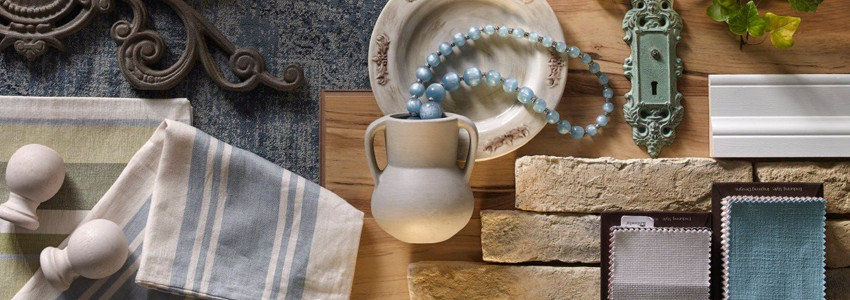Making a home your own is one of the joys of adulthood, but for many, it's a pleasure that comes with a price. Interior designers study and practice their art for years and they can be expensive, so many homeowners prefer a DIY (do it yourself) solution to home design.
It’s true that transforming four walls and a floor into a fun and functional space with furniture and accessories takes time and a certain eye for color, placement and the kinds of thematic elements that tie a room together. Assuming you have the time, the rest can be learned through study and experimentation.
Doing the work of interior decorating yourself can be a rewarding and less expensive experience when it’s done right. More importantly, the finished product may feel more like home when all of the design decisions were made by you. The natural starting point should be your individual style and preferences but from there? A little caution and plenty of forethought can go a long way.
Here's what not to do when curating your own décor – and a few alternative strategies that will get you back on track if you've lost your way.
1. Not Working with a Concept

While there's nothing wrong with mixing modern and traditional design, it must be done thoughtfully to ensure a harmonious outcome. Before you even so much as pick a paint color, settle on a palette and design concept around which you can build your vision. Pre-planning a theme will keep you from making impulsive decisions.
2. Trying to Do Too Much
Start small because looking at your home as a whole is a recipe for intimidation. Kick off your design project with a single room or even a smaller out of the way space within a single room to test out your design concept and hone your vision. Practice makes perfect, and working your way up to bigger, more public spaces gives you a chance to grow within your style.
3. Ignoring Your Intuition
Study design magazines and websites to discover the styles, colors, textures and other elements that resonate with you. Borrow whatever building blocks you like from the inspired designs you find elsewhere – trust yourself and don't worry about trying to create something entirely new.
4. Forgetting About Proportion and Scale
Your final design will be harmonious if you choose furnishings and accessories that are in proportion. Think in terms of balance. A smaller space may call for scaled down furniture but one standout oversize or unexpected piece can become the focal point of a room.
5. Keeping What Doesn't Work
Sentiment may lead you to hang on to décor you don't love so take a cue from Marie Kondo's philosophy and thank these pieces for their service before replacing them. Always choose things that spark joy.
In the end, even if you feel like your décor style has come into its own, never be afraid to ask for help. Sometimes the right advice at the right time is exactly what will help you overcome your biggest design hurdles.
Related Categories
Design TrendsSarah Lograsso
As Director of Marketing and Portfolio Management, Sarah has successfully coupled her design talents with business acumen to refresh, refine and distinctly position five standout brands in the North American market and abroad. She continues to provide design direction for the brands’ variety of best-selling modern profiles and trend-forward color palettes while enhancing the prestige of the category among masons, builders, designers, architects and consumers.




Let Us Know What You Thought about this Post.
Put your Comment Below.